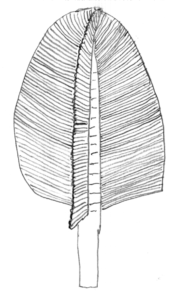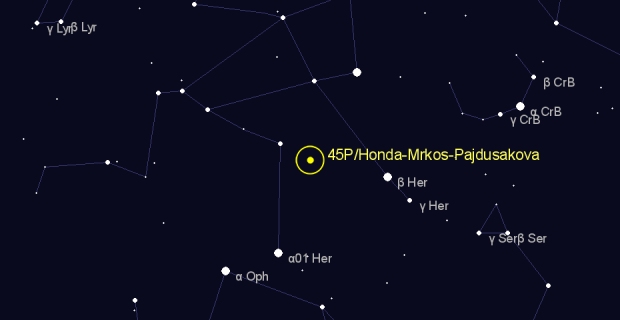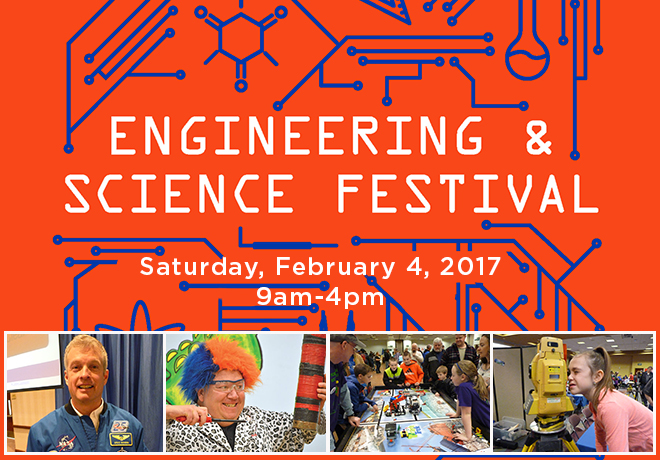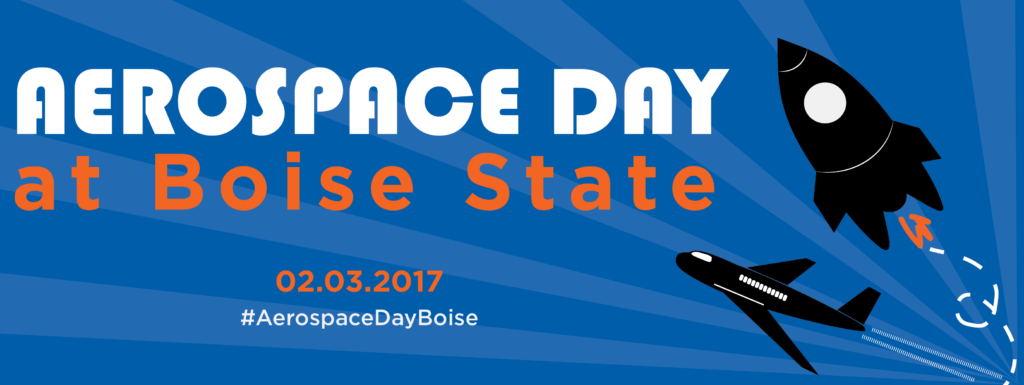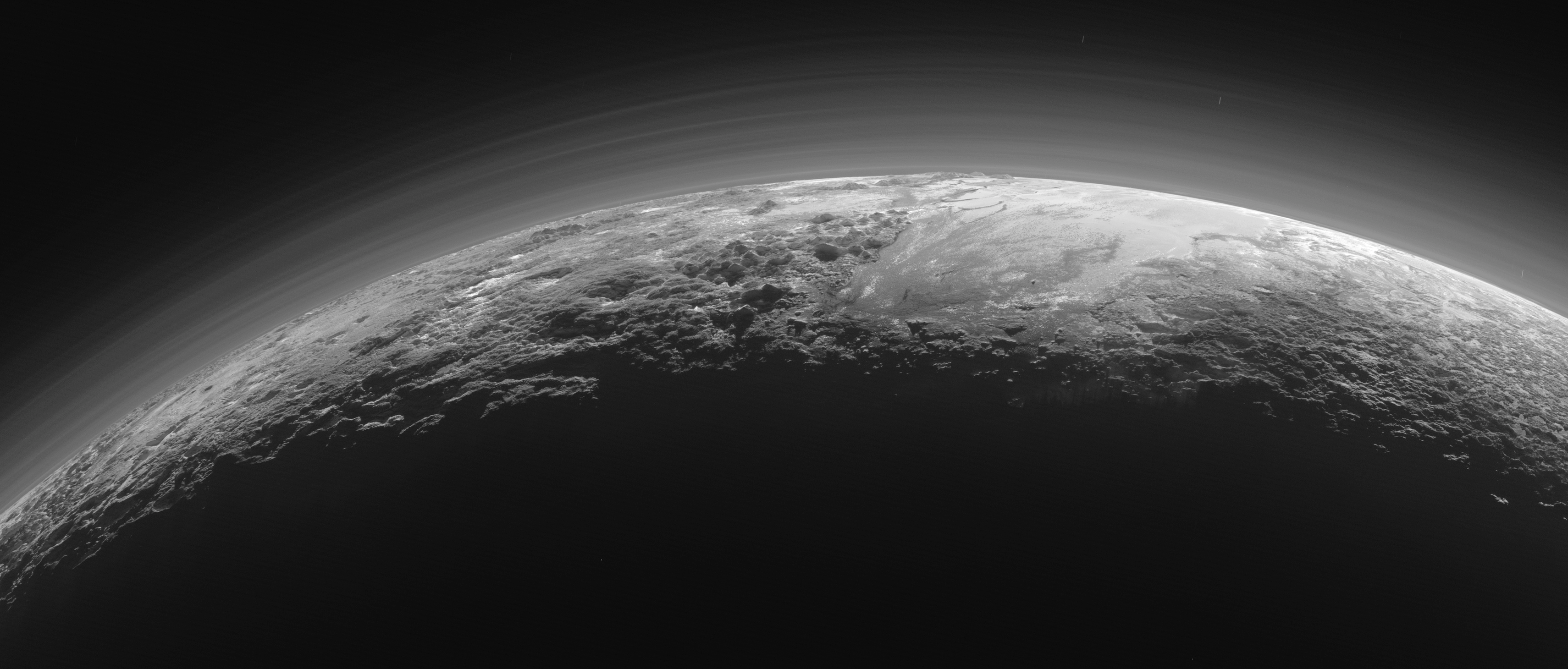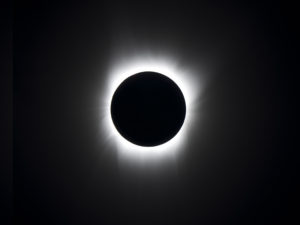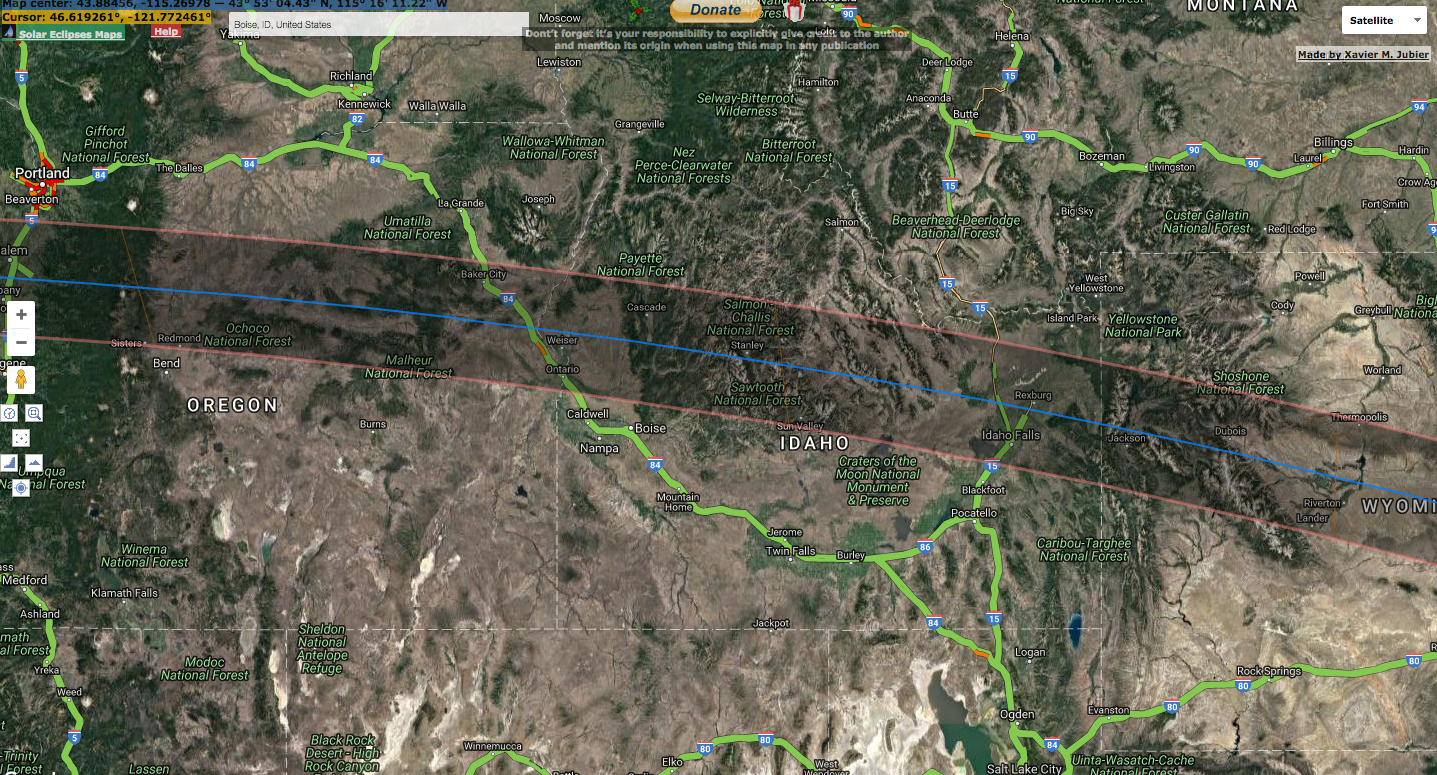At the invite of a colleague, I recently visited beautiful Fort Collins CO, a mecca for beer-drinkers, and on a Saturday morning, we bounced from brewery to brewery, enjoying the local flavor.
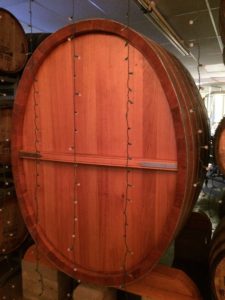
The foudre at Funkwerks
While visiting Funkwerks brewery, I noticed an impressive barrel in the warehouse where they aged their beers – it was about 6 feet tall, 6 feet deep, and visibly ellipsoidal. It occurred to me making an elliptical barrel would take a lot more work than making a circular barrel, so I asked the tour guide about it.
She said the barrel, called a foudre, had originally stored bourbon, and Funkwerks was reusing it to flavor the beer with the bourbon-infused wood. It was ellipsoidal because that gave more contact between the beer and the barrel interior than a circular barrel.
Well, naturally, I didn’t believe her about the shape, so between sips of saison, I tried to calculate how much more surface area you got for the trouble of making an elliptical barrel. Turns out she was right.
First, to estimate the interior area of the barrel, I needed to calculate the circumference of an ellipse. Surprising to me, there is no simple way to exactly calculate an ellipse’s circumference, only approximations.
So to first order, the circumference of the barrel C = 2 π a √[(2 – e2)/2], where e is the eccentricity of the ellipse: e = 0 for a circle and gets closer and closer to one for a very elongated barrel. The area for the elliptical face of the barrel is A = π a2 √(1 – e2). The volume of beer that a barrel can hold is A times its depth, and its interior surface area is C times its depth.
For a more and more elongated barrel (e → 1), the area (and volume) gets very small (1 – e2 → 0), but the circumference approaches a finite value since 2 – e2 → 1. All this means that you can, in principle, make a barrel for which almost all the beer is in contact with the barrel’s surface, maximizing the amount of flavor it soaks up.
This trade-off between interior volume and surface area actually plays an important role in the evolution of modern animals.
Some very early forms of life, like the leaf-shaped Swartpuntia germsi which lived more than 500 million years ago, lacked a mouth or anus, and these critters exchanged nutrients and waste directly through their skin via osmosis.
The amount of food required and waste generated depend on amount of living matter inside the critter, i.e. on the critter’s volume. But the rate of exchange was limited by their surface areas, so critters that grew too large could starve or choke on the waste trapped inside their bodies.
Ediacarans like Swartpuntia solved this surface-area-to-volume ratio problem by having very thin and flat bodies to minimize their interior volumes and maximize their surface areas. Many modern animals solve this problem by having a highly fractal circulatory and digestive systems to maximize the exchange rate.
So, by using elliptical barrels, Funkwerks is not only making very tasty beer – they are taking advantage of technology developed 500 million years ago.
